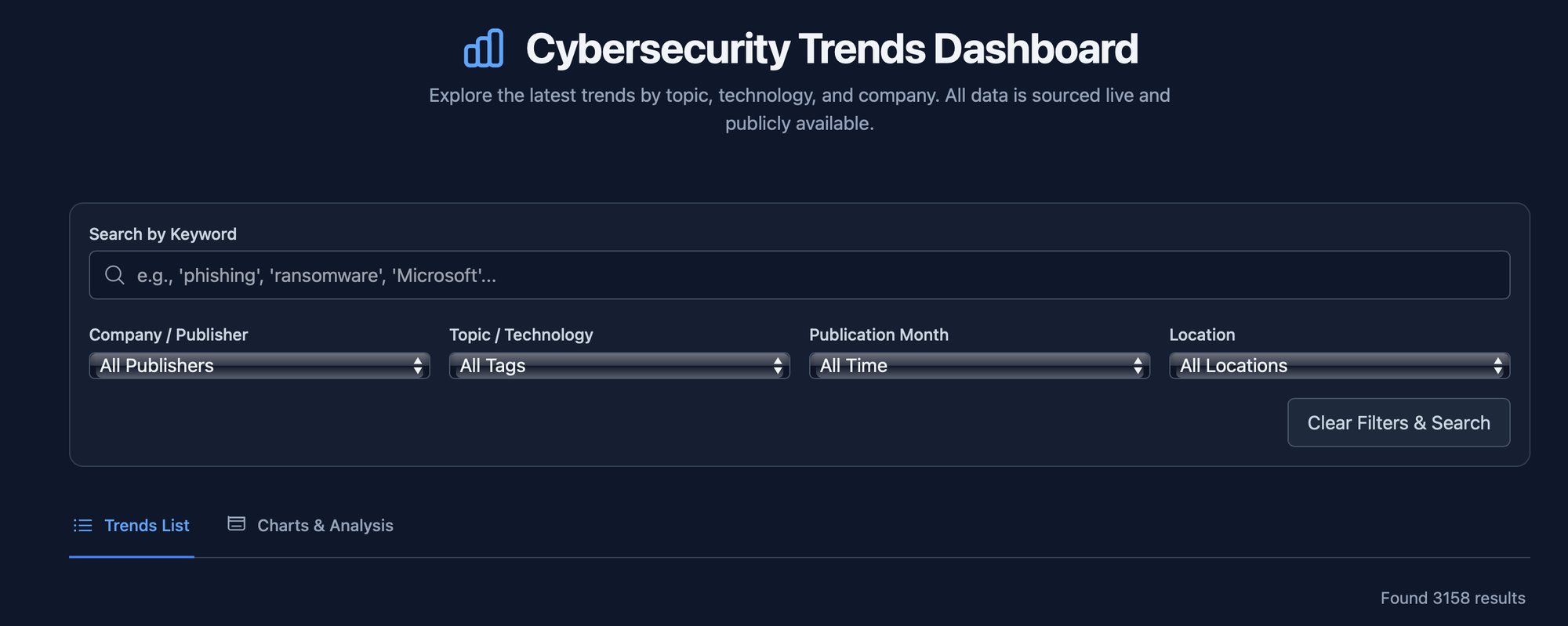CyberSecStats
While everyone quotes outdated statistics, you get fresh, validated facts about cybersecurity market trends.
CyberSecStats delivers a curated list of verified cybersecurity statistics that search engines miss.
We source and prioritize recently published publicly available data that most search engines miss.
The cybersecurity trend data and information we provide is all available online but can be hard to find and very difficult to stay ahead of.
Signing up to CyberSecStats will save you hundreds of hours compared to the time required to find the same data points individually.
Recent cybersecurity statistics and reports database
We created this database because our content-focused cybersecurity marketing agency depends on accurate data, but we found that even widely quoted statistics are often outdated or completely false.
Google "cybersecurity statistics 2024," and most of the results are either:
(a) Out of date and link to sources published before 2024.
(b) Totally false and referencing data, which is itself wrong.
That's why we have curated an internal directory of almost 6,000 statistics (at the time of writing), which we use for the benefit of our clients as a cybersecurity marketing agency. CyberSecStats gives you free access to a limited version of that directory.
You can read more about why we started this newsletter in this blog post.
Where do you get the statistics?
From publicly available sources. These include vendor reports, press releases, blogs, newsletters, and other data. We read and fact-check all the data we collate.
What do subscribers get?
A weekly newsletter featuring a selection of cybersecurity statistics that can help build a repository of statistics in your inbox.
Plus, access to the free version of our online statistics directory.

How can I feature (or remove) my company's data in this newsletter?
Get links and eyeballs from a curated cybersecurity audience. For more information about including your company's report, contact us at contact@cybersecstats.com.
We are currently working on a contributor function.
You can also use the same email to opt out your company's reports.
Who is this for?
Cybersecurity practitioners as well as marketing and product teams plus anyone looking for up-to-date data about cybersecurity trends and technology.